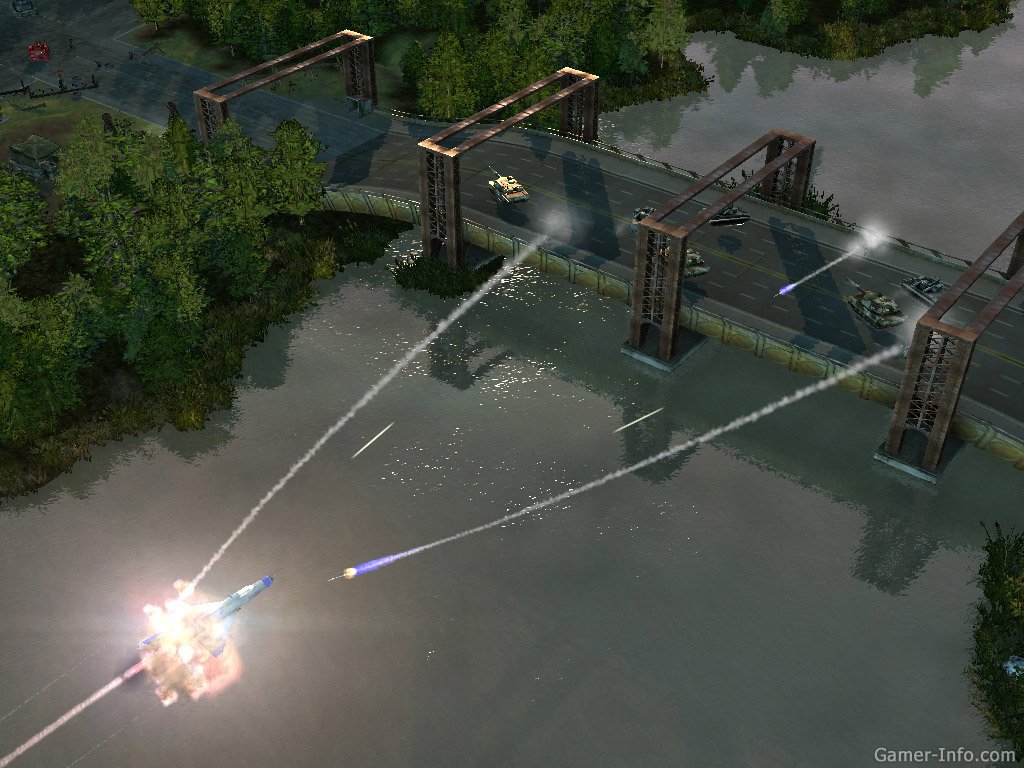

But perhaps in response to the public outcry over the HSE disruption, Conti reversed course and gave the HSE the decryption keys without requiring payment. The number of appointments in some areas dropped by up to 80 percent.”Ĭonti initially demanded USD $20 million worth of virtual currency in exchange for a digital key to unlock HSE servers compromised by the group. The attack disrupted services at several Irish hospitals and resulted in the near complete shutdown of the HSE’s national and local networks, forcing the cancellation of many outpatient clinics and healthcare services. At just after midnight Ireland time on May 14, the attacker executed the Conti ransomware within the HSE. The HSE Security Operations team requested that the Server team restart servers.īy then it was too late.
#Act of war direct action chears software#
Hospital C’s antivirus software detected Cobalt Strike on two systems but failed to quarantine the malicious files.
#Act of war direct action chears windows#
On May 10, one of the hospitals detected malicious activity on its Microsoft Windows Domain Controller, a critical “keys to the kingdom” component of any Windows enterprise network that manages user authentication and network access.

18, 2021, when an employee on a Windows computer opened a booby-trapped Microsoft Excel document in a phishing email that had been sent two days earlier. A timeline in the report (above) says the initial infection of the “patient zero” workstation happened on Mar. Ireland’s Health Service Executive (HSE), which operates the country’s public health system, got hit with Conti ransomware on May 14, 2021. PWC’s timeline of the days leading up to the deployment of Conti ransomware on May 14.


 0 kommentar(er)
0 kommentar(er)
